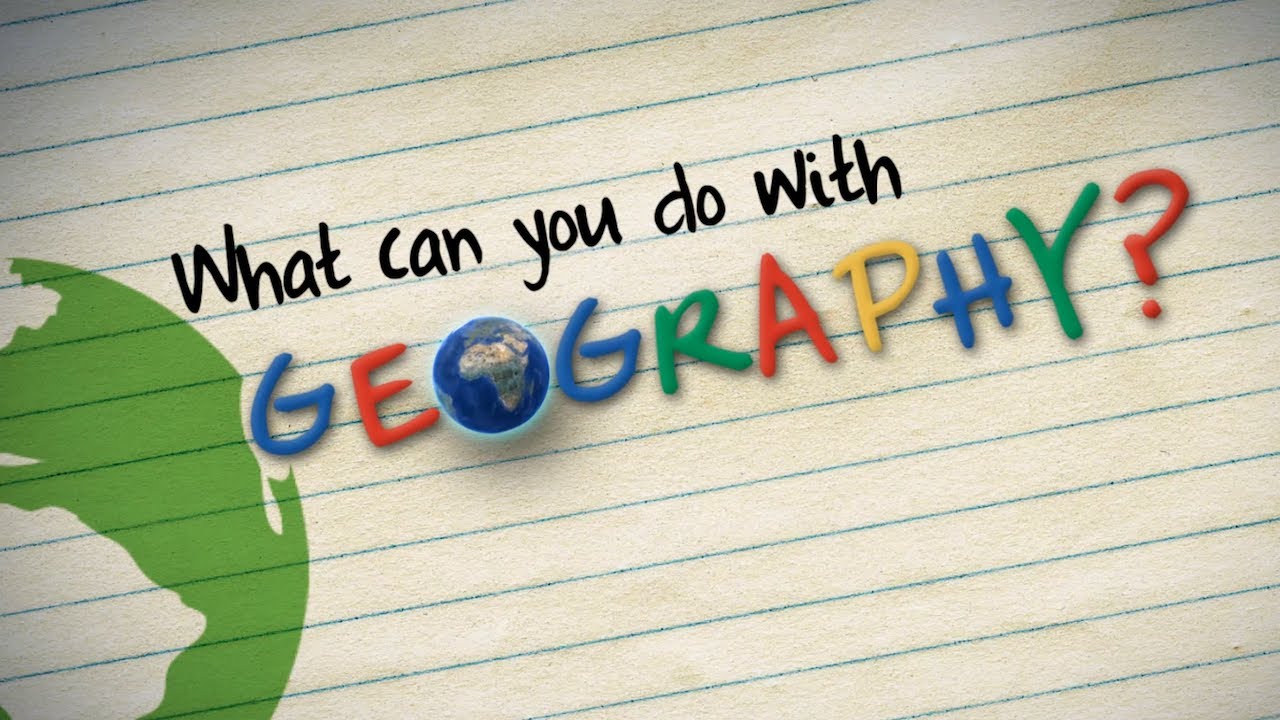In the age of technology and globalization, the geography office has become an essential part of any business. Whether you’re a small business or a multinational conglomerate, having a well-organized geography department is key to staying competitive. Here are some essential tips for establishing and managing a geography department: 1. Make sure your team is well-informed about global trends and issues. Effective geography departments keep up with the latest global news and events so that they can better understand the implications on their businesses. 2. Establish strong partnerships with other departments within your company. By working collaboratively with other departments, you can improve coordination and reduce the time it takes to respond to global challenges. 3. Implement cutting-edge mapping technologies to improve your data analysis capabilities. By using sophisticated mapping software, you can quickly identify potential market opportunities and threats. 4. Ensure that your resources are fully utilized by creating efficient workflows and assigning tasks according to specific expertise. This will ensure that each employee is allocated the most effective work hours possible.
What is the essential geography office?
What is the essential geography office?
The essential geography office is an important part of any organization, as it helps to keep track of important geographical information. This might include tracking down where products are made, or keeping track of changes in weather patterns. In order to be an effective essential geography office, you’ll need a variety of tools and resources at your disposal. Here are some of the most important items:
1. A map of the world. It’s helpful to have a global map at your disposal in order to understand how different regions are connected. You can also use this map to track changes in climate or geology.
2. Geographic information system (GIS) software. Most organizations today rely on GIS software in order to manage their data effectively. This software can help you track down specific locations, find out about population trends, or identify resource areas.
3. Geographical databases. Many organizations also maintain a wide range of geographical databases in order to store more detailed information about specific locations and populations. This could include information about land ownership, economic data, or social statistics.
4. Local newspapers and journals. It’s also helpful to keep up with local news events and developments through local papers and journals. This way, you’ll be able to get an understanding of how people live and work in different parts of the world.
The different aspects of the essential geography office
The essential geography office is responsible for providing the necessary geographic information to support government functions, including management of land and water resources, transportation, and planning. Geographic information systems (GIS) play a critical role in this work, as they provide data layers that can be used to depict geographical patterns and dynamics.
GIS software can also be used to produce maps and charts that illustrate economic trends or other important factors. The office maintains a variety of tools and databases that are used by officials throughout the government, such as the National Atlas of the United States and Canada, which includes detailed mapping of physical features such as lakes, rivers, railway lines, and roads.
In addition to its practical applications, GIS is also an important research tool. Researchers at the University of Utah have developed a Geographic Information Science Methodology known as Spatial Analysis using Remote Sensing Techniques (SARST), which uses satellite imagery to map environmental conditions in real-time. This technology could be used in future disaster relief efforts or for other humanitarian purposes.
The essential geography office’s role in global affairs
The essential geography office is responsible for collecting, analyzing, and publishing information about the world’s land, population, climate, resources, and borders. They also produce maps that help policymakers and business leaders make informed decisions.
The office was established in 1879 as the Geographical Department of the US National Archives and Records Administration. In 2004, it became an independent agency within the US Department of Commerce. The essential geography office provides critical information to a broad range of stakeholders – from students planning their college classes to international organizations studying global trade patterns.
The essential geography office’s role in national security
The essential geography office is an important part of the United States national security apparatus. The office’s responsibilities include mapping and assessing the security risks posed by potential terrorist targets, as well as providing strategic guidance to federal, state, and local government entities on how to protect themselves.
Mapping terrorist targets is an important part of the essential geography office’s work. The office uses a variety of methods to compile data on potential targets, including surveying the public and private sector sources and conducting its own investigations. In addition to mapping threats, the essential geography office also provides strategic guidance to federal, state, and local governments on how best to protect themselves from terrorist attacks. This guidance includes recommendations on which areas should be monitored for possible terrorist activity, as well as specific measures that should be taken in order to improve security around these areas.
The essential geography office is an important part of the United States national security apparatus. Its responsibilities include mapping and assessing the security risks posed by potential terrorist targets, as well as providing strategic guidance to federal, state, and local government entities on how best to protect themselves. Mapping threats is an important part of this work; through this process, the office can provide strategic information that helps protect communities across the country from possible attacks.
The essential geography office’s role in economic development
The Essential Geography Office (EGO) is responsible for the formulation and implementation of strategies to promote economic development in the Commonwealth. EGO is also responsible for providing leadership and support to its regional partners in order to improve regional collaboration and coordination.
EO works with a number of entities, including state and local governments, the private sector, academic institutions, and non-profit organizations. These partnerships help to identify needs and opportunities, develop solutions, and implement policies that promote economic development. In addition to working with partners on a local level, EGO also engages in cross-sectoral work through its Regional Economic Development Councils (REDCs).
EO’s strategy focuses on four key areas: infrastructure; workforce development; business attraction and expansion; and environmental stewardship. Through these efforts, EGO aims to make Massachusetts an attractive place for businesses to invest, create jobs, and grow their businesses.
Conclusion
As an office worker, you know that it’s important to have a workspace that is comfortable and inspiring. In this article, we’ll take a look at some of the essential geography office pieces that will help you achieve both goals. From comfortable furniture to clever storage solutions, these items will make your work life a lot easier and more enjoyable. So why not give them a try today?







You’re so interesting! I don’t suppose I’ve read something like this before.
So wonderful to find somebody with some genuine thoughts on this subject.
Seriously.. thank you for starting this up.
This site is something that is required on the internet, someone with a little originality!